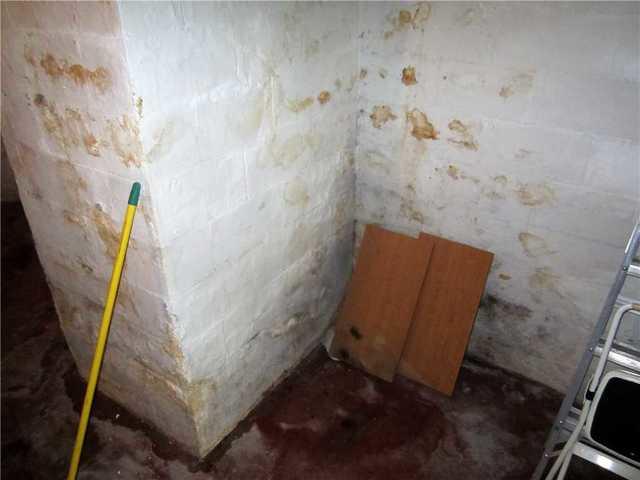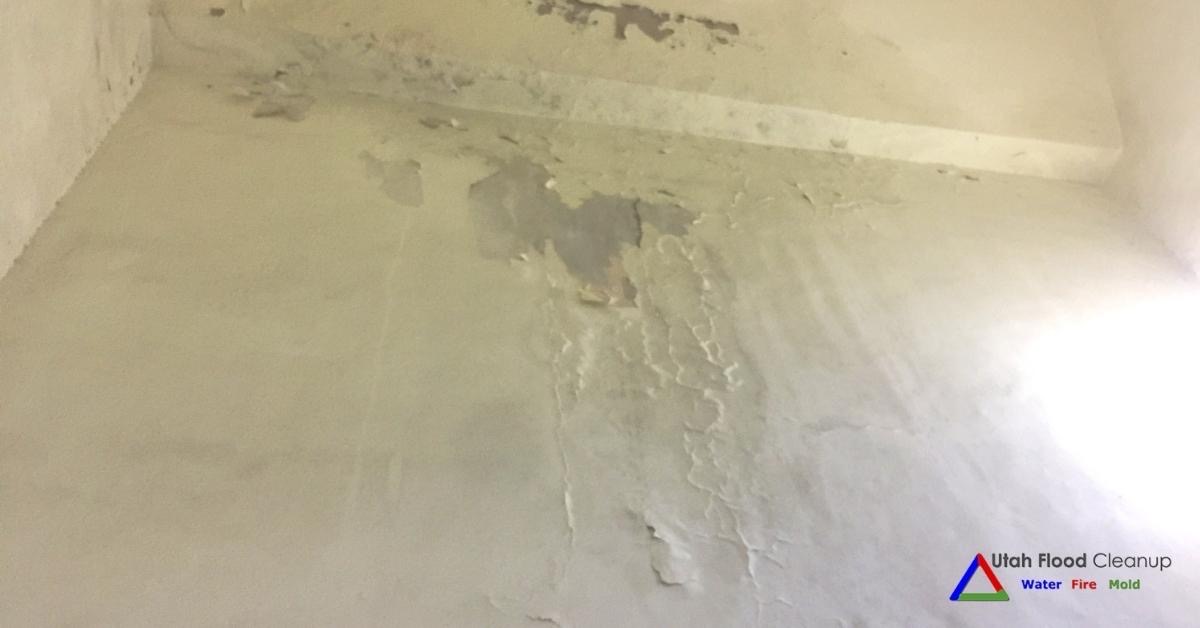Water Stain on Walls - Examination and Address Advice
Water Stain on Walls - Examination and Address Advice
Blog Article
Just how do you actually feel on the subject of Indicators of Water Damage Behind Walls?

Water stains on wall surfaces are not pleasurable to the eyes. Occasionally it appears practically unpreventable to experience water spots on wall surfaces in homes.
House owners residing in humid areas regularly handle the fear of water discolorations on walls. That does not have to be the instance for you. With exact and also all-around information on the causes of water discolorations and also timely fixing procedures, you will certainly constantly be an action ahead of such incidents. This short article promises to be a helpful overview for you.
3 Usual Causes of Water Spots on Walls
Contrary to popular belief, water discolorations on wall surfaces do not always originate from inadequate building materials. There are a number of root causes of water discolorations on wall surfaces. These consist of:
Damp
When hot moist air meets with dry cold air, it causes water droplets to form on the walls of structures. When there is heavy steam from cooking or showers, this takes place in restrooms and also kitchens. The water beads can discolor the surrounding walls in these parts of your residence as well as infect various other areas.
Wet or condensation impacts the roofing system as well as wall surfaces of structures. This creates them to appear darker than various other locations of the house. When the wall is wet, it develops an ideal setting for the development of fungi and also microbes. These may have unfavorable effects on wellness, such as allergic reactions and also respiratory disorders.
Poor Water drainage
When making a building plan, it is critical to make certain appropriate drainage. This will stop water from seeping into the wall surfaces. Where the drainage system is blocked or nonexistent, below ground wetness builds up. This web links to extreme wetness that you observe on the walls of your structure.
The leading reason of wet wall surfaces, in this case, can be a bad water drainage system. It can also be due to bad monitoring of sewer pipes that go through the structure.
Pipe Leaks
A lot of residences have a network of water pipes within the wall surfaces. This guarantees that the pipelines are faraway from the reach of devastating rats. It constantly boosts the feasibility of such pipelines, as there is little oxygen within the wall surfaces. This dissuades rust.
A drawback to this is that water leakage impacts the walls of the structure and also creates widespread damages. An indication of faulty pipes is the appearance of a water stain on the wall surface.
Pro Suggestion
A houseplant in your house also raises its humidity. So, if the house is currently humid, you may wish to introduce houseplants with minimal transpiration. An instance of suitable houseplants is succulents.
Water Spots on Wall Surface: Fixing Tips
Property owners would usually want a quick fix when dealing with water stains. They would quickly realize this is counterproductive as the water spots persist. So, below are a couple of practical suggestions that will lead you in the fixing of water stains on wall surfaces:
Conclusion
No one desires to have water spots on walls in their residence, it can happen to the ideal of us. This post gives you utilize, as you now know exactly how to manage this accident if it does happen.
It is constantly best to hire professional solutions to help repair the damages in your house.
Occasionally it seems nearly unpreventable to experience water spots on walls in residences.
Contrary to prominent belief, water spots on wall surfaces do not always stem from bad structure products. There are numerous reasons of water discolorations on walls. The water droplets can discolor the bordering wall surfaces in these parts of your residence and spread to other areas.
Here are a few practical tips that will certainly lead you in the fixing of water spots on walls:
CHECKING FOR WATER DAMAGE
Water damage can be costly, and it may begin before you even notice the first signs of trouble. Water damage can cause mold and mildew in your walls and floors, which can create an abundance of health concerns for your family. It can also lead to costly repairs of various appliances and general home fixtures. To avoid the pricey consequences of water damage, here are Warner Service’s top 5 places you should check:
The walls – The easiest place to spot the beginnings of water damage is on the walls and ceilings of your home. If water damage is present, there will most likely be water stains, especially around the windows and doorframes, and/or cracks in the drywall. If a stain looks unusual (discolored to brown, black or gray, raised texture), has a swollen appearance or is soft to the touch, contact a professional immediately. The pipes – To avoid water damage, consistently check the pipes in your kitchen (especially the dishwasher and ice maker), bathrooms, laundry room (specifically washing machines) and basement for corrosion, leaks and water stains. Pay special attention to where the pipes connect in your home and the location of caulking around the bathroom fixtures, including toilets, sinks, showers and tubs. Missing or loose caulking and grout could be signs of leaking water. This seepage can also quickly cause mold and rust, so double check your water heater and tank for wet spots on the floor. The floor – Water damage is very easy to spot on the floor. Look for any warping or buckling of the material, especially in the basement. If your home has wood flooring, look for bright white or dark stains. If your home has carpeting, keep it dry and clean. A damp carpet that smells of mold could cause water damage and health problems. To avoid this, consider installing floor pans under your appliances to help prevent damages from small, slow and undetected leaks. The basement and attic – If your basement or attic smells odd check for mold and mildew around the area, especially the valley where the roof meets. While you are inspecting those areas, check for wall cracks, floor stains, rust and dampness in the insulation. If you live in a colder and/or rainier climate, perform routine checks for water damage from melting snow or ice and rain. The exterior – Check the roof for damaged flashing and missing, cracked or curled shingles. There should also be no standing water anywhere outside your home. This could be caused by puddles, leaky rain gutters or hoses, poor drainage, or short gutter spouts. Invest in a sump pump system or water flow monitoring system, and perform routine maintenance on these outdoor appliances to avoid indoor water damage.

I was brought to that editorial on How to Find and Repair Water Leaking in the Wall from someone on our other blog. Do you know somebody who is fascinated about the niche? Take a moment to promote it. Bless you for your time. Visit again soon.
24/7 plumbing excellence. Report this page